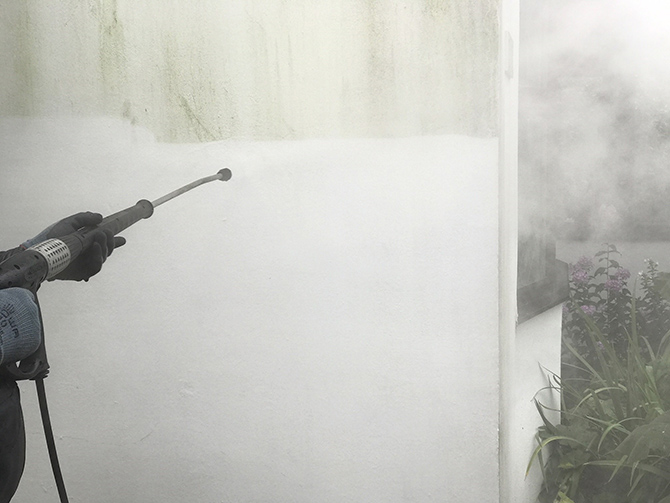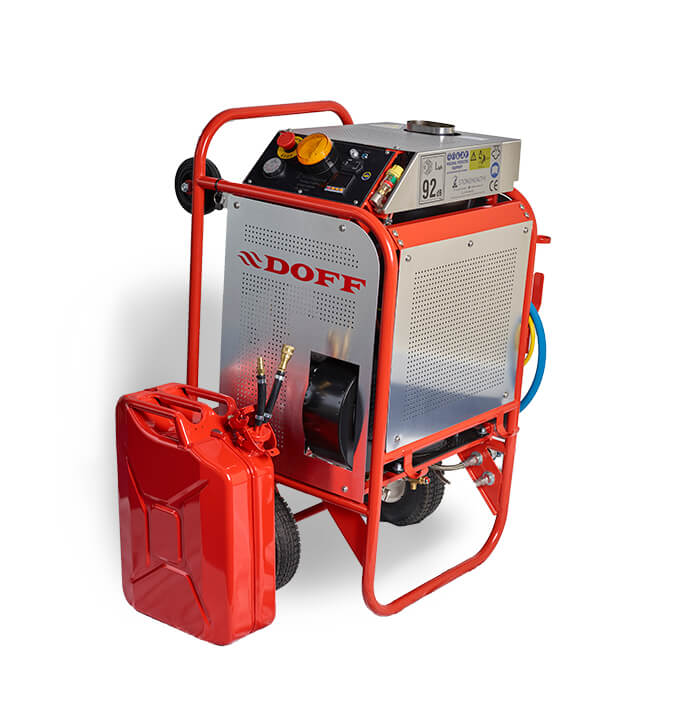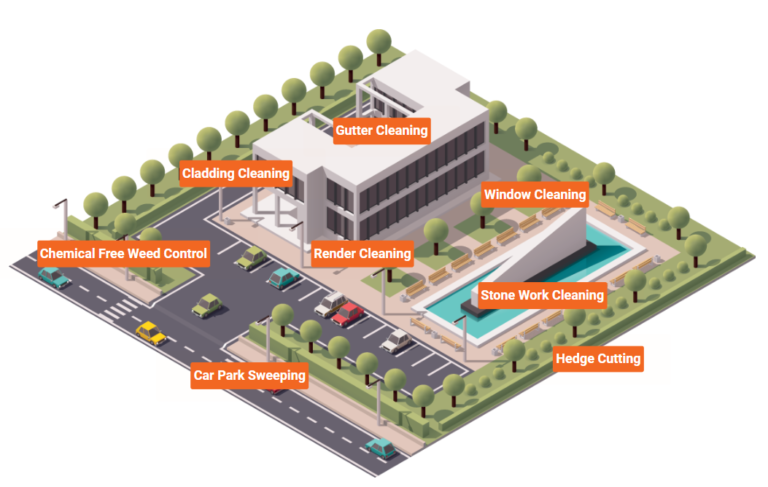Removing moss from your roof and gutters
Removing moss from your roof will not only improve the appearance of your home but will also protect it from water damage. Moss can grow very quickly, and if left unchecked, can cause roofing tiles to lift and even lead to leaks.
Let’s delve into what causes moss growth and the best way to remove it.
What is Moss?
Moss is a small, slow-growing plant that thrives in shady, humid conditions. It is often found in damp woods, gardens and yep you guessed it, roofs!

Moss does not have true roots but instead has tiny, thread-like rhizoids that anchor it to surfaces.
There are over 12,000 species of moss, and they come in a variety of colours including green, red, yellow, and brown.
How does roof moss spread so quickly?
Mosses reproduce by releasing spores, a bit like mushrooms. These spores are actually tiny reproductive cells that float through the air until they find a suitable place to land and grow.
Once moss has been established on your roof it will spread very quickly, as the spores will germinate and grow new plants.
By removing moss you slow down the process and whilst it may come back eventually, you minimise the risk of damage to your property by keeping moss growth under control.
What are the dangers of moss on roof tiles?

Mosses are moisture collectors, nature’s super sponge! They can absorb a lot of moisture, and that liquid has to go somewhere. Moss growing on your roof and taking in rainfall can lead to deterioration of the roofing material, including tiles and shingles. It also brings along other types of growth.
If you have moss on your roof, it is likely that there is also a layer of lichen. Lichen is a type of fungus that grows in partnership with algae.
The problem with Lichen is, that it eats away at the roofing material which can cause roofing tiles to lift and break, and if left to spread will lead to leaks.
Other areas of Moss Growth
Blocked Gutters
Moss is strong enough to hold on to surfaces in most conditions, however, if you live in a climate with strong winds and lots of rain (most of the UK then) the moss will dislodge and die, this dead moss drops and quite often be caught by your guttering.
If too much moss accumulates in your gutters it will cause them to overflow. This can damage the brickwork or render on the outside of your property and can even back up into your home.
Cleaning gutters can be a difficult task as you need to be able to access the inside safely at a height. Gutter cleaning companies are able to use a pole system to basically hoover any moss, and debris from the guttering so if you want to make sure your gutters are clean, call a professional team like Fox Facilities Management.
Brickwork moss
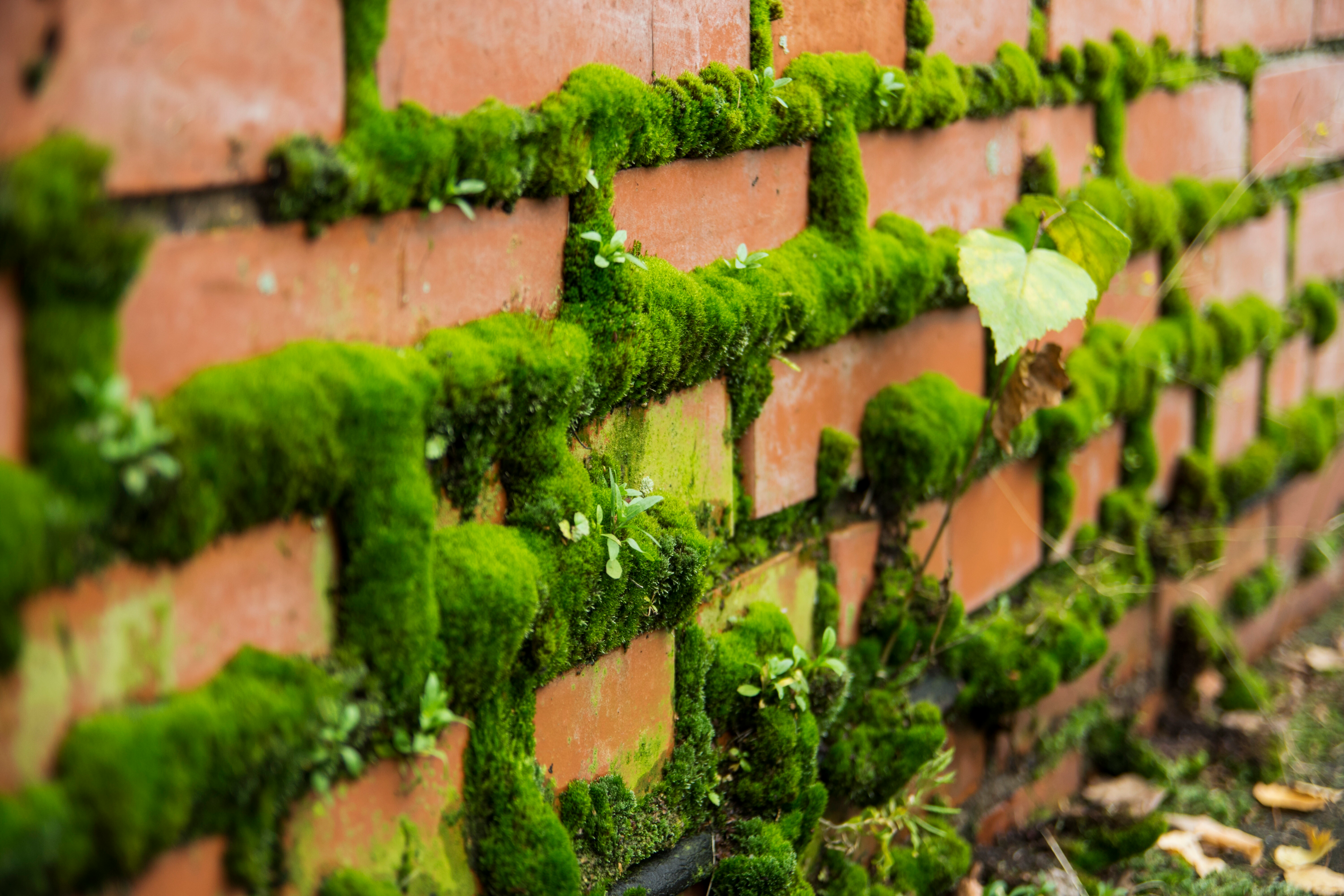
Moss can also grow on brickwork, and whilst it is not as harmful as moss on a roof, it still looks unsightly. That said the moss will still be absorbing water and can cause the brickwork to deteriorate over time.
Paving moss
Moss can also grow on paving and will create an uneven surface that can be very slippery and dangerous to walk on.
How to remove moss on your roof
Most roofs are at a height so you will need access to the vast majority of your roof in order to reach all of the growth.
Whilst moss removal might be possible with ladders and a pressure washer there is a huge safety concern. Plus, if you don’t manage to reach the highest growth the moss will be back before you know it.
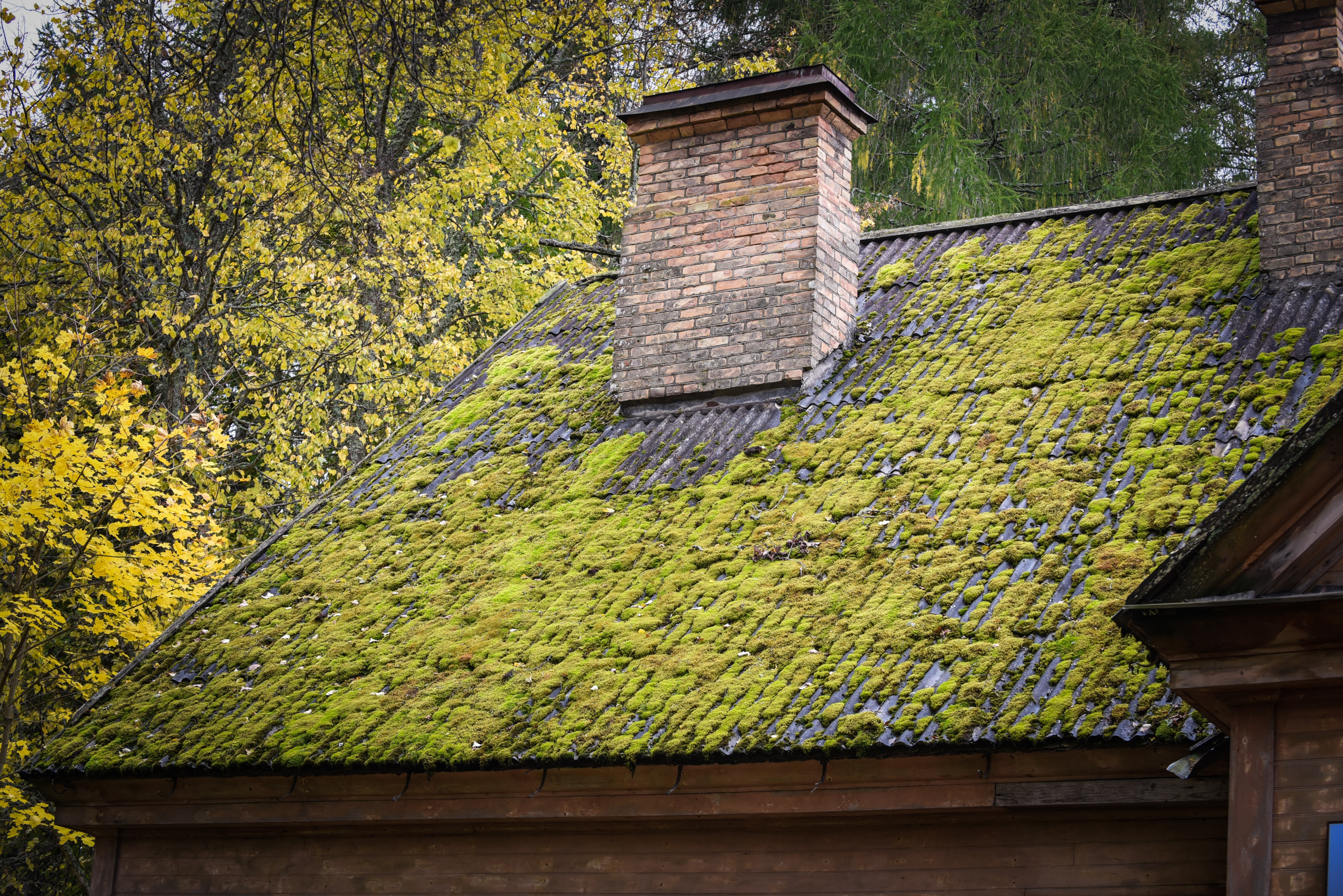
The best way to remove moss is to get the help of professional roof cleaners. They will have the necessary equipment, including a reach pole with a scraper on the end, to clean your entire roof safely and efficiently.
There you have it, everything you need to know about moss on roofs! If you’re thinking of removing it yourself, be sure to take into account the dangers involved and the fact that moss will likely grow back if not treated properly.



